Located in Bjørvika neighborhood, where the Akerselva and Alna rivers meet the Oslofjord, the Munch Museum just reopened its doors with a new structure which multiplies by four the previous exhibition areas.
The eleven new exhibition halls house the collection of works of Edvard Munch largest in the world –more than 26,700– which makes the museum one of the largest in the world dedicated to a single artist.
The Spanish architecture studio Herreros has been responsible for the design of the building, five times larger than the original, transforming the skyline from the Norwegian capital.
Among the most outstanding works, we find monumental mural paintings such as Sun (1909), of almost 8 meters, as well as several versions of Munch's most emblematic work, The Scream, including an early study in pastel from 1893 and a later version from 1910.
Also, Tracey Emin, one of the most famous and controversial artists in the United Kingdom, exhibits on two floors what is her first major Nordic exhibition.
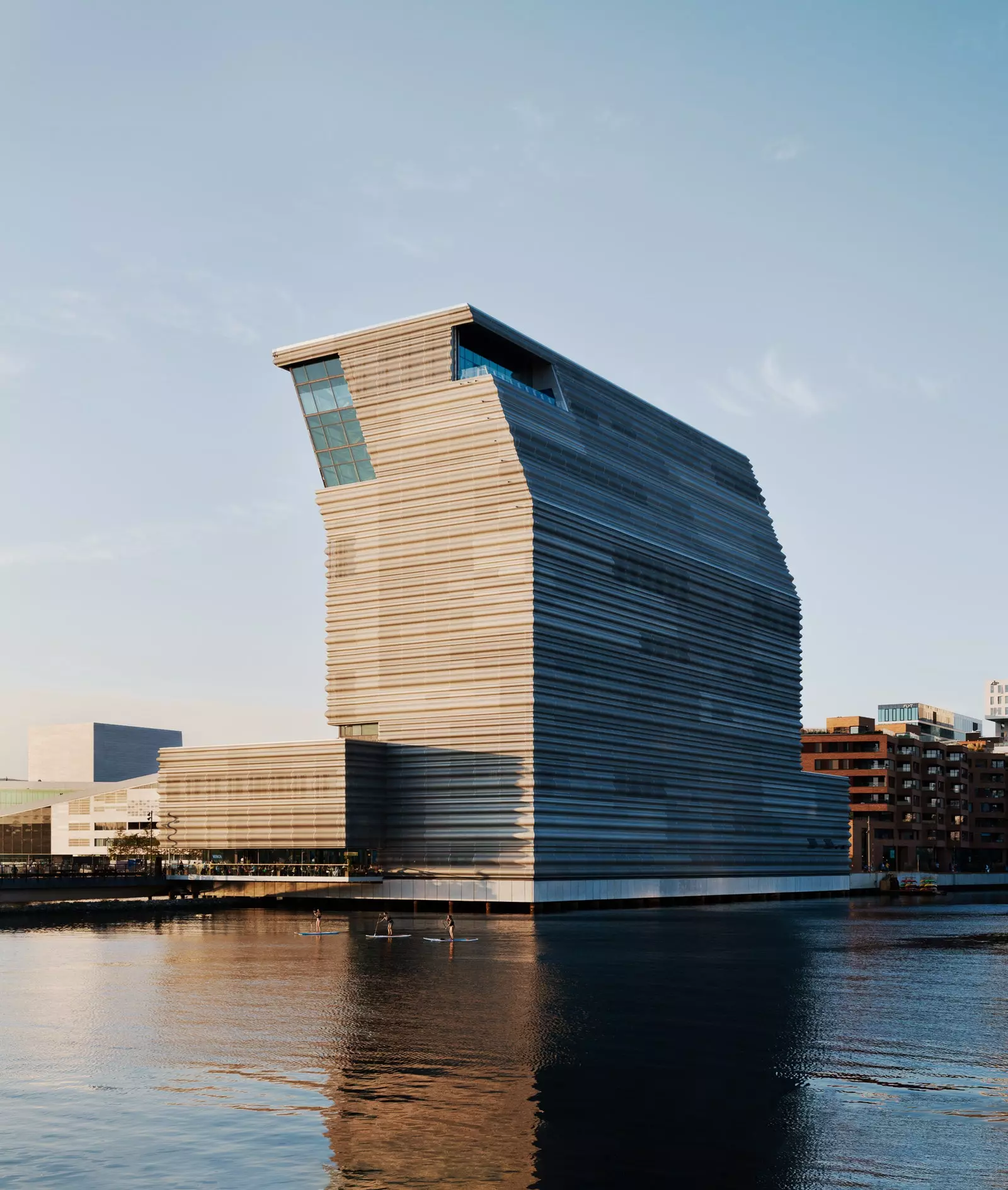
A passive building.
THE COLLECTION
26,313 square meters, 13 floors, 11 galleries –with 4,500 square meters of gallery space– and some 26,700 works –more than 200 on permanent exhibition– are some of the overwhelming figures of the Munch Museum.
The main nucleus that makes up the collection was donated by Edvard Munch himself to Oslo city and houses more than half of his known works.
Among the 26,700 works, we find paintings, woodcuts, photographs –Munch bought a Kodak camera in 1902 and today is considered one of the first artists to experiment with self-portrait photography–, drawings and watercolors by Edvard Munch from 1873 to 1944.
The collection also includes many other items from Edvard Munch's original legacy to the city, such as printing plates and lithographic stones, thousands of letters, and some 10,000 items of his personal belongings.
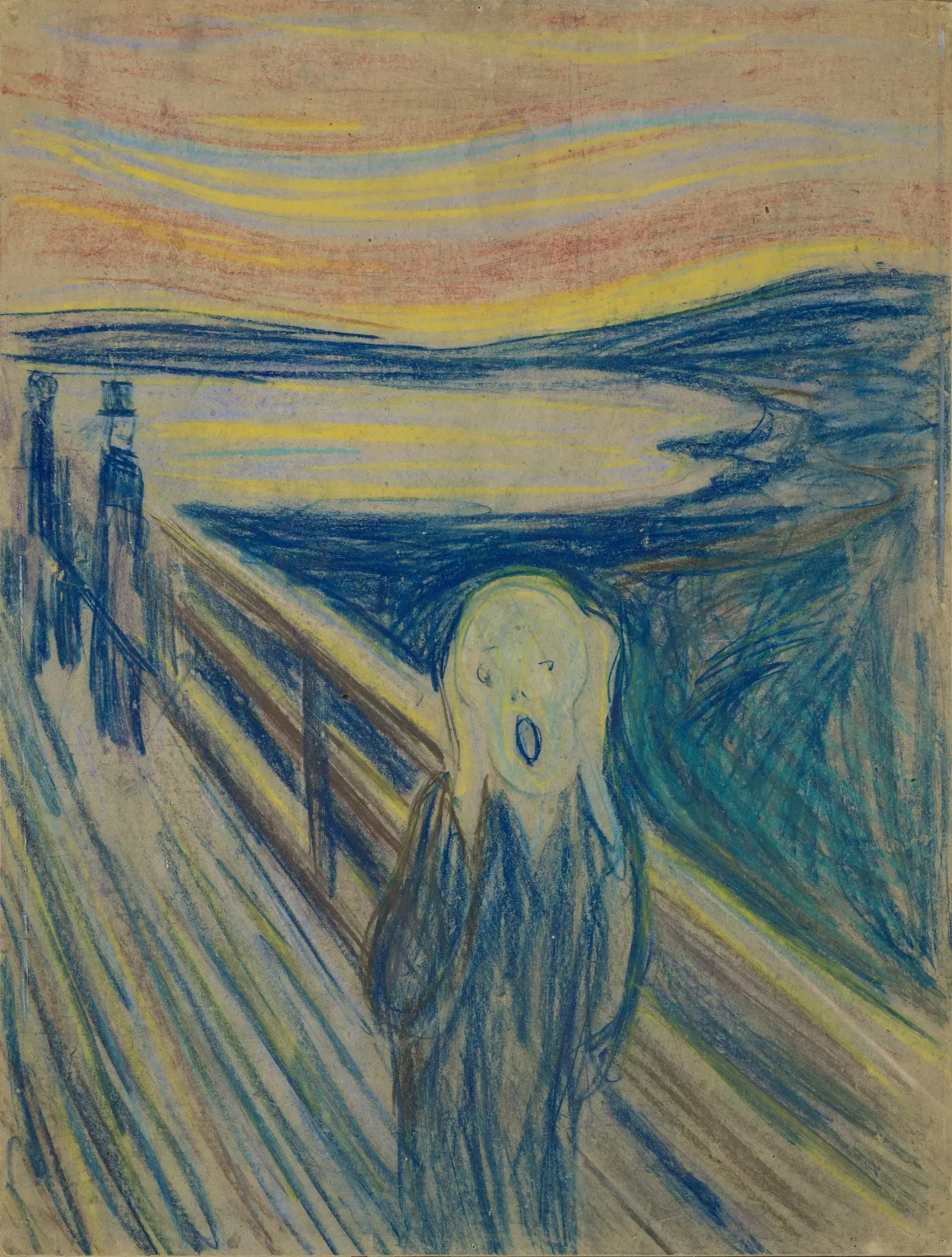
'The Scream' (The scream).
Those currently on display are divided into several zones: Edvard Munch: Infinite, Edvard Munch: Monumental, Edvard Munch: Shadows, Edvard Munch: Up Close and Edvard Munch: All is Life.
The museum has also booked a space for temporary exhibitions, that will host samples of Norwegian and international artists, which will explore Munch's enduring influence on the generations of artists that followed.
Each award winner Edvard Munch Art Award (EMAA) will have a solo exhibition at the Munch Museum. The first artist to exhibit will be announced in January 2022 and thereafter, the exhibitions of previous winners such as Camille Henrot, Laurence Abdu Hamdam, and Kerstin Bratsch.
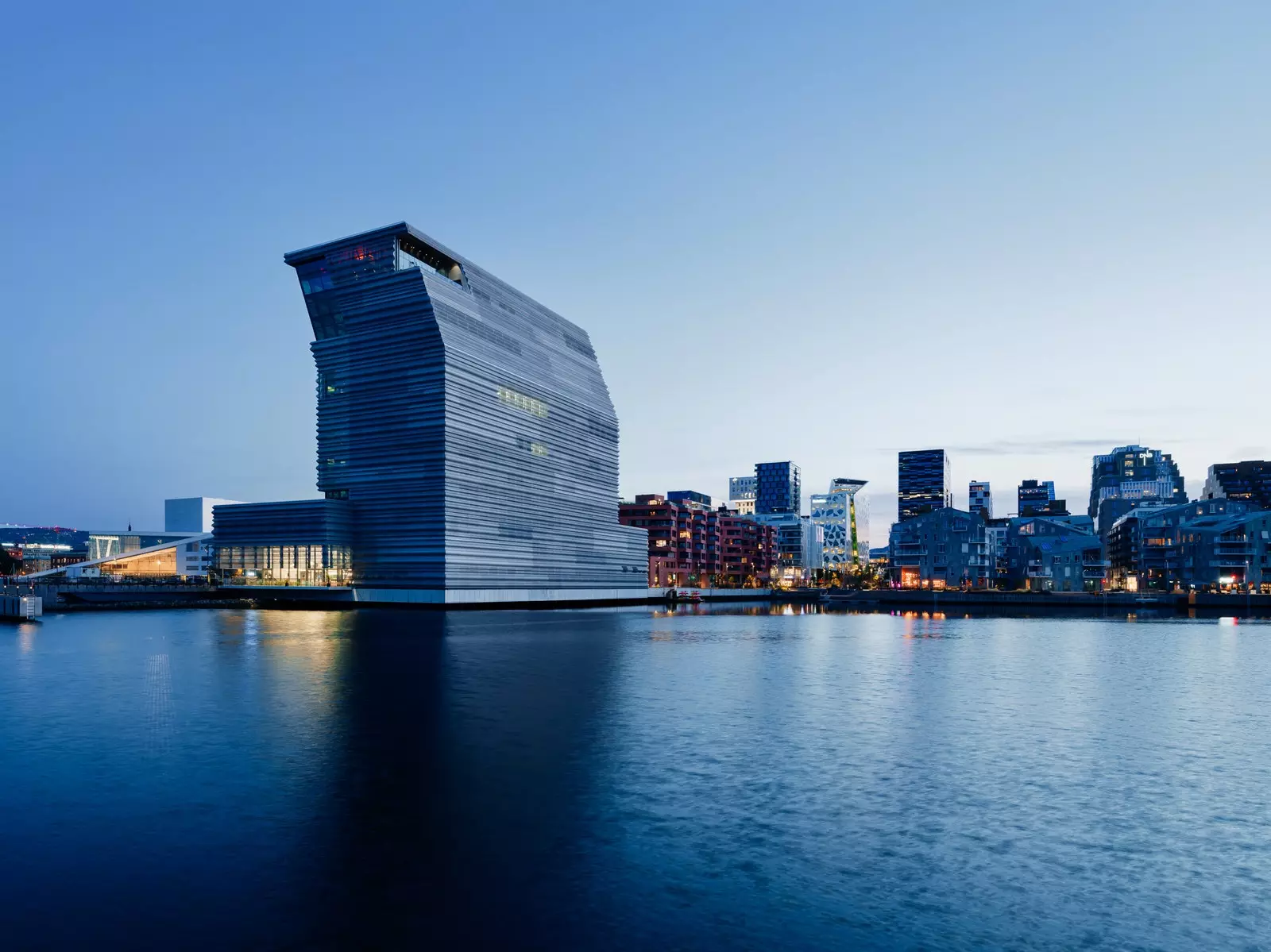
One of the largest museums in the world dedicated to a single artist.
EDVARD MUNCH, IN THE EYE OF OSLO
"Munch transforms the Oslo skyline, but bows respectfully to the city around him." This is the vision of the architects for the new museum, who are very clear that understanding – and reflecting – Edvard Munch goes through for not accepting the conventional rules and for never giving up.
The building is there, it has a powerful presence and it is part of the city. In the words of Juan Herreros, founding partner of the Estudio Herreros studio, the museum says, “Okay, here I am. I have the legacy of the most important artist in the history of Norway and I gaze with fascination at Oslo and the fjord because it is the city and its collective dreams that have built me”.
The architectural proposal Juan Herreros and his partner, Jens Richter, is based on the idea of a museum in the form of a tower, where the main functions are organized vertically.
Thus, with his 57.4 meters high, clad in recycled aluminum panels, perforated with varying degrees of translucency and with its upper section sloping, the tower has already become a landmark visible from all corners of the city.
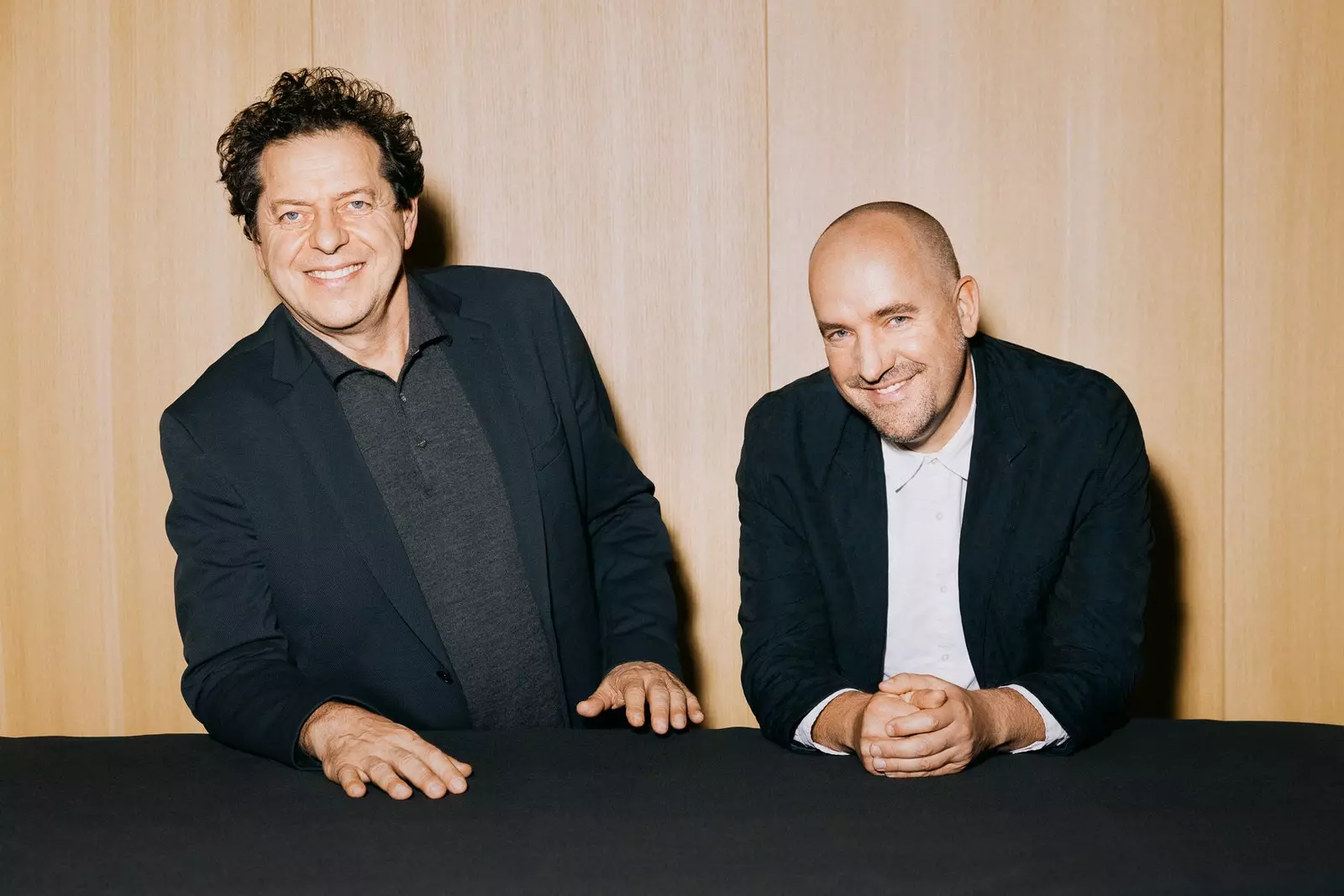
Juan Herreros and Jens Richter.
The tower sits on a three-story podium and has two zones: one static and one dynamic. The static zone is a closed concrete structure, that meets strict safety, humidity, and natural light requirements to protect the art inside.
The dynamic zone, on the other hand, has an open and transparent façade with views of the city, and there, visitors can move between the different exhibition areas.
The upper deck opens to an observation area, offering some of the most spectacular views of Oslo. The intention of the architects? "Let visitors discover not only the works of art, but also Oslo and its history."
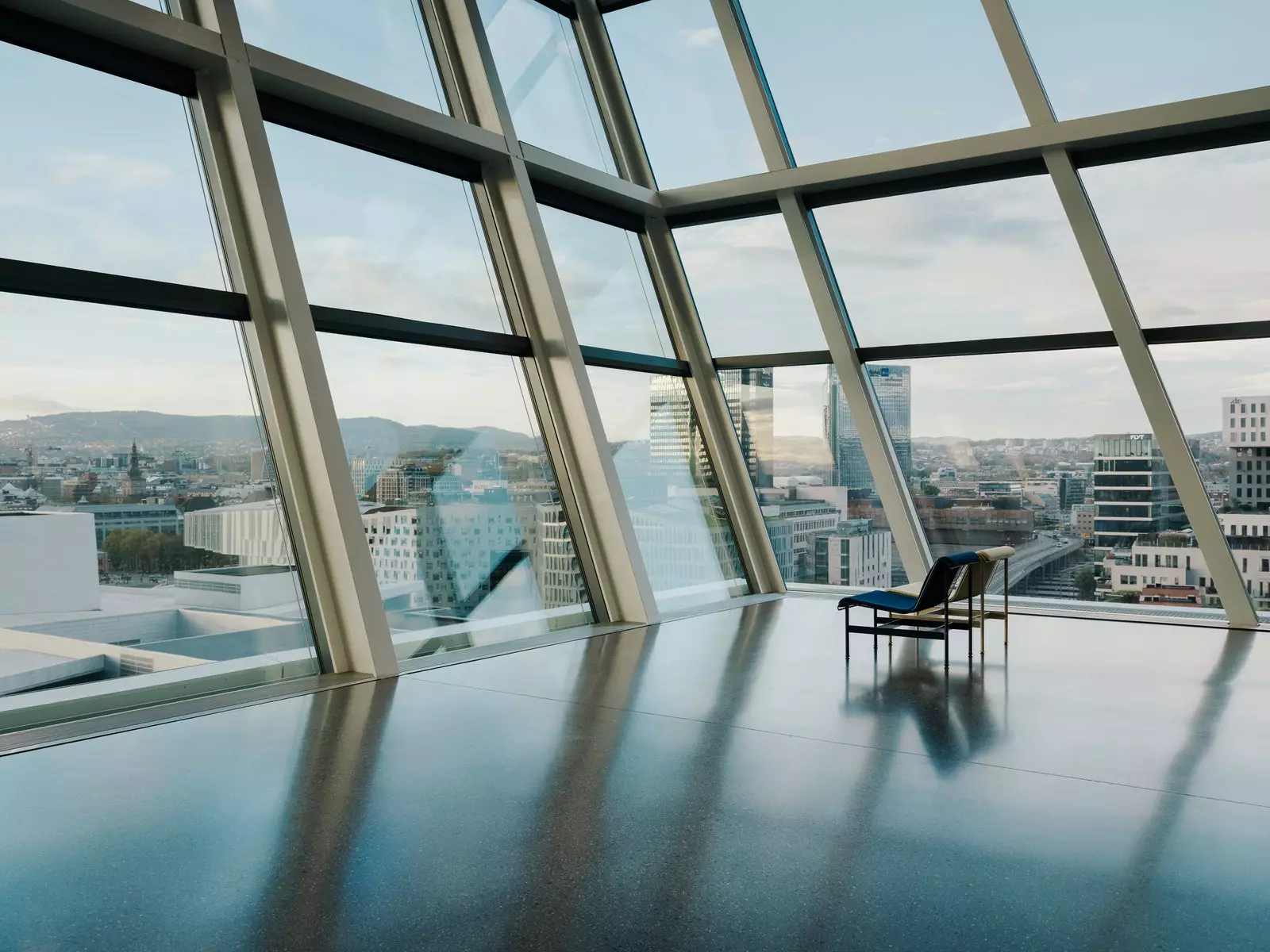
The views: one of the keys to the Munch Museum.
ZERO ENVIRONMENTAL FOOTPRINT, HIGH ARTISTIC FOOTPRINT
The foundation stone of the new museum was laid in 2016, after a long and heated debate about the design and location, not unlike the one that led to the construction of the original museum in Tøyen.
Throughout its journey until the final result was found, the project has been planned at all times according to program criteria FutureBuilt, whose vision is to show that “climate neutral urban areas, based on high quality architecture, are possible”.
Thus, the buildings that follow this approach must cut greenhouse gas emissions by at least half compared to conventional modern buildings in relation to transportation, energy consumption and choice of materials.
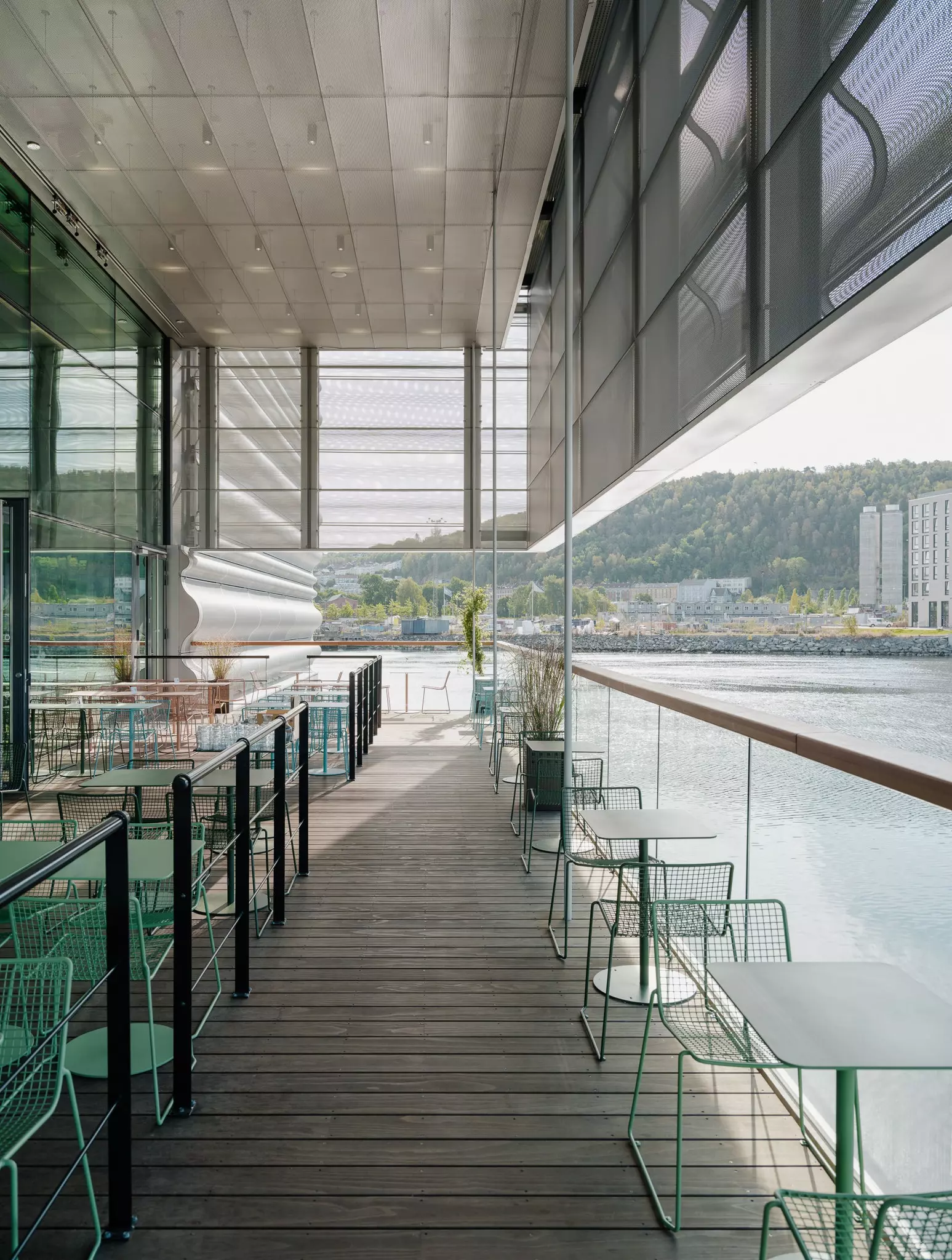
Don't miss the restaurant on the 13th floor.
Many of the project's architectural decisions have been made based on one main factor: the weather. The closed facade, facing east, avoid excessive heating during the summer and natural ventilation system save energy in the dynamic zone.
Also, “The façade will give Munch an enigmatic and ever-changing presence in Bjørvika Bay, reflecting the impressive light conditions in Oslo that constantly change throughout the day and during the different seasons”, said Jens Richter, from the Herreros studio.
The building, built with h low carbon concrete and recycled steel, further complies with passive construction standards, i.e.: energy consumption is reduced with the help of passive measures such as additional heat recovery, extremely insulated windows and excellent overall insulation.
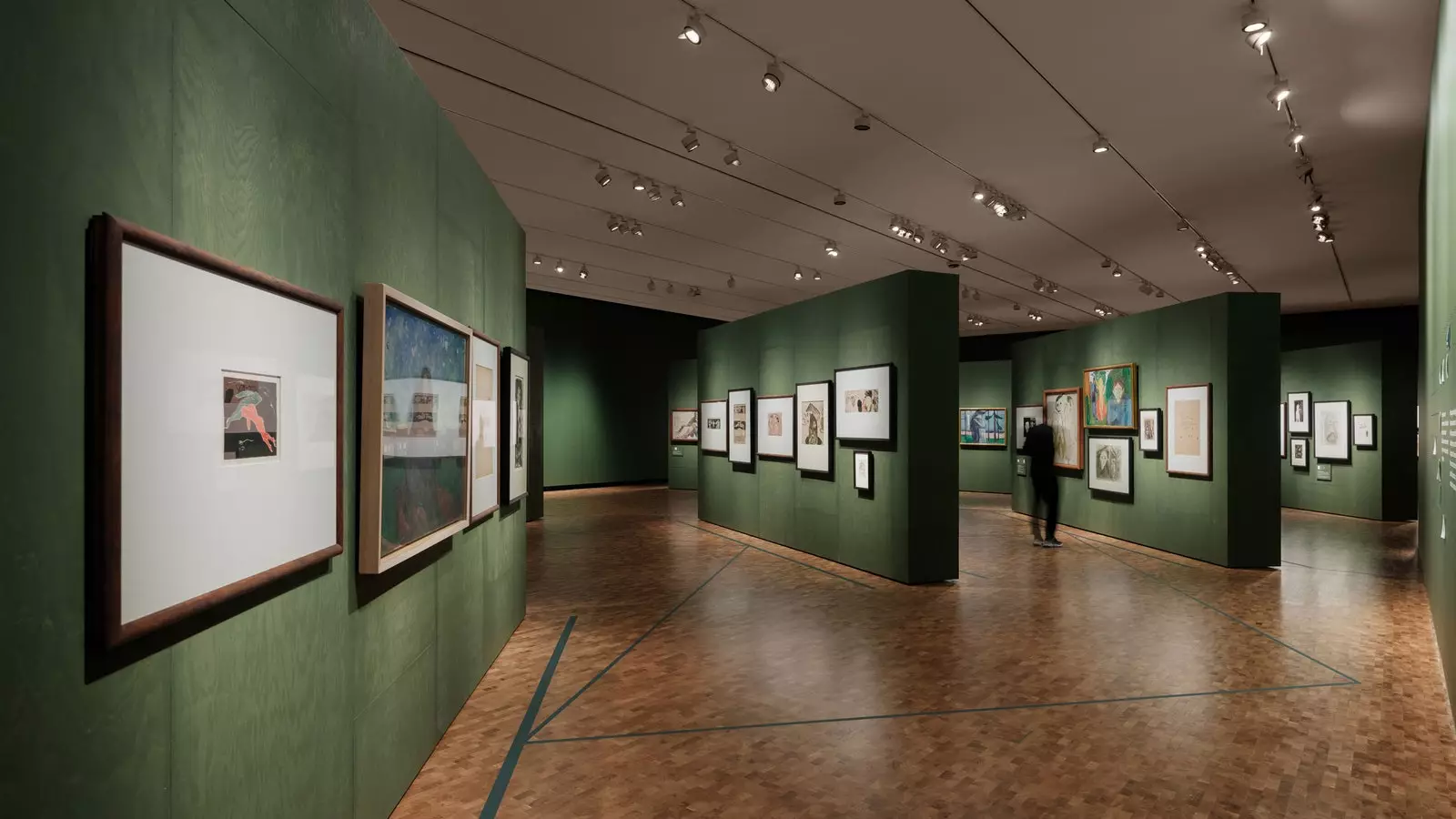
The new structure multiplies by four the previous exhibition areas.
EVENTS, WORKSHOPS AND MORE
The experience at the Munch Museum goes far beyond the exhibition areas, offering an extensive program of events in which visitors of all ages can participate.
For example, research and conservation facilities they are accessible to the public, so everyone can learn how the work of preserving the Munch legacy is being carried out. They are also planned concerts, readings, as well as painting workshops for children and adults.
The museum also has areas for eating and drinking and a restaurant with a view on the 13th floor.
“The building is part of a generation of new museums around the world that they are redefining cultural institutions and that they are moving from the concept of historical archive to becoming places for social gatherings, places where everyone can meet and discover something new” says Juan Herreros.
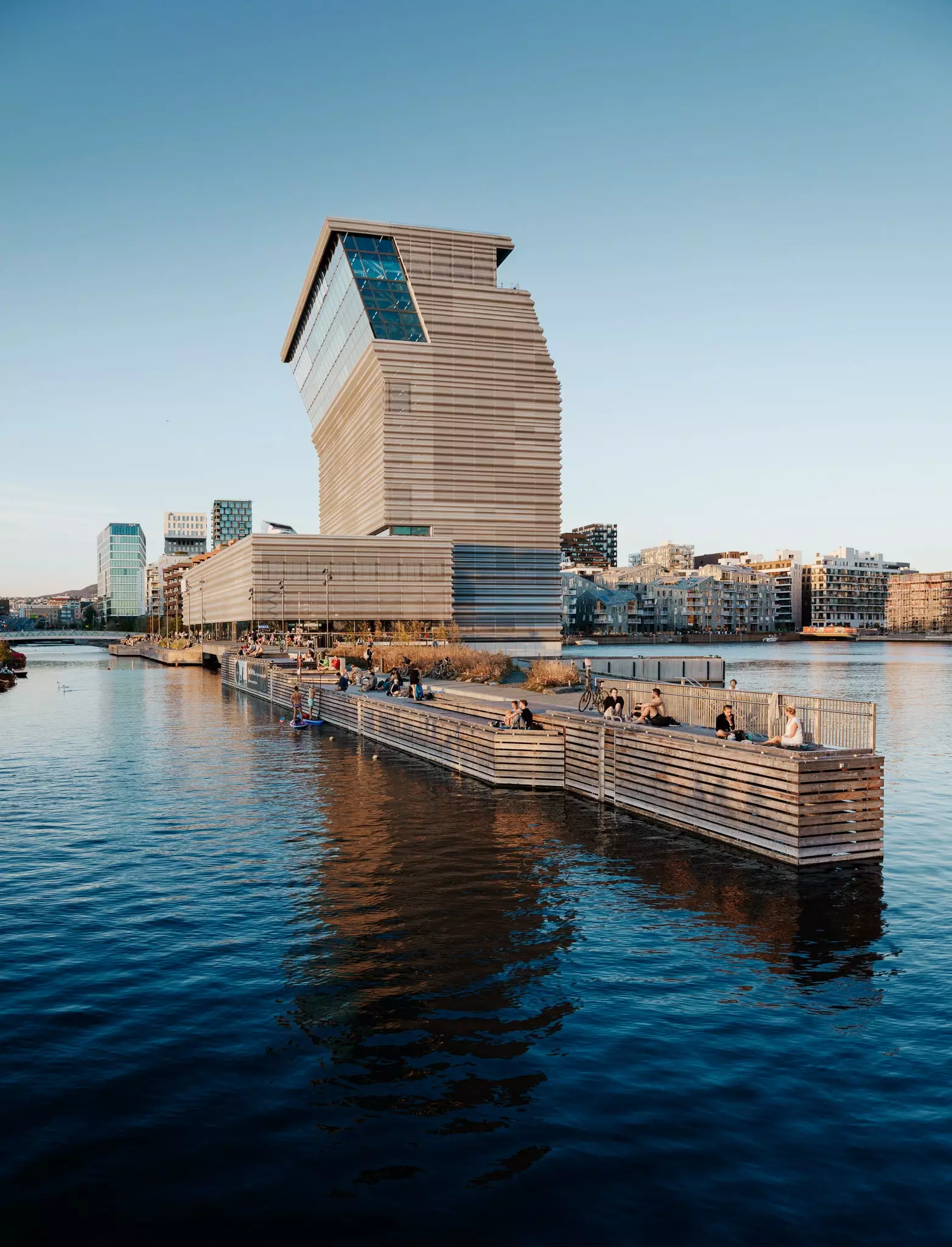
The museum is located in the Bjørvika neighborhood.
THE INAUGURAL EXHIBITION... AND THOSE TO COME
In the opening program of the museum we find the exhibition Tracey Emin / Edvard Munch: The Loneliness of the Soul (The loneliness of the soul), which can be visited until January 2, 2022.
The show, curated by Kari Brandtzæg , explores the influence of Edvard Munch on Tracey Emin and how his work has shaped his work for several decades.
Visitors will witness a “dialogue” between the two artists, with new works by Emin displayed alongside Munch pieces from the museum's collection that Emin has personally selected.
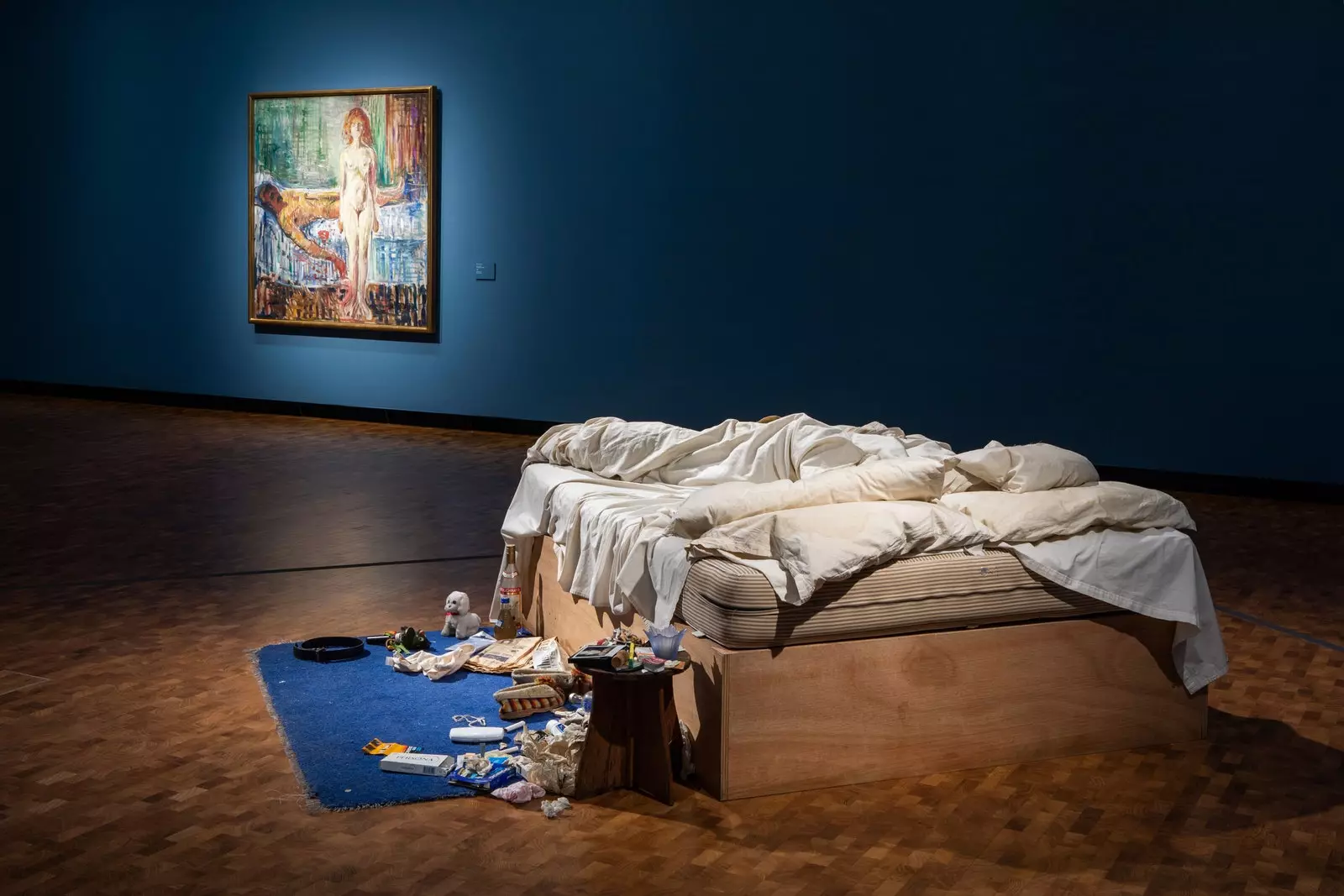
Tracey Emin / Edvard Munch: The Loneliness of the Soul.
The next exhibition, which will take place from February 12 to May 8, 2022, will be The Savage Eye (El Ojo Salvaje) and will focus on the relationship between surrealism and some of the most important symbolist artists, such as Paul Gauguin, Odilon Redon, August Strindberg, Edvard Munch, and Auguste Rodin.
From April 30 to August 28, we will be able to see Satyricon and Munch , a sample in which the Norwegian black metal band Satyricon will meet the work of Edvard Munch.
“Visitors to the new museum will always be able to experience the highlights of Edvard Munch's artistic career, along with changing exhibitions of works by other artists,” says Stein Olav Henrichsen, director of the museum.
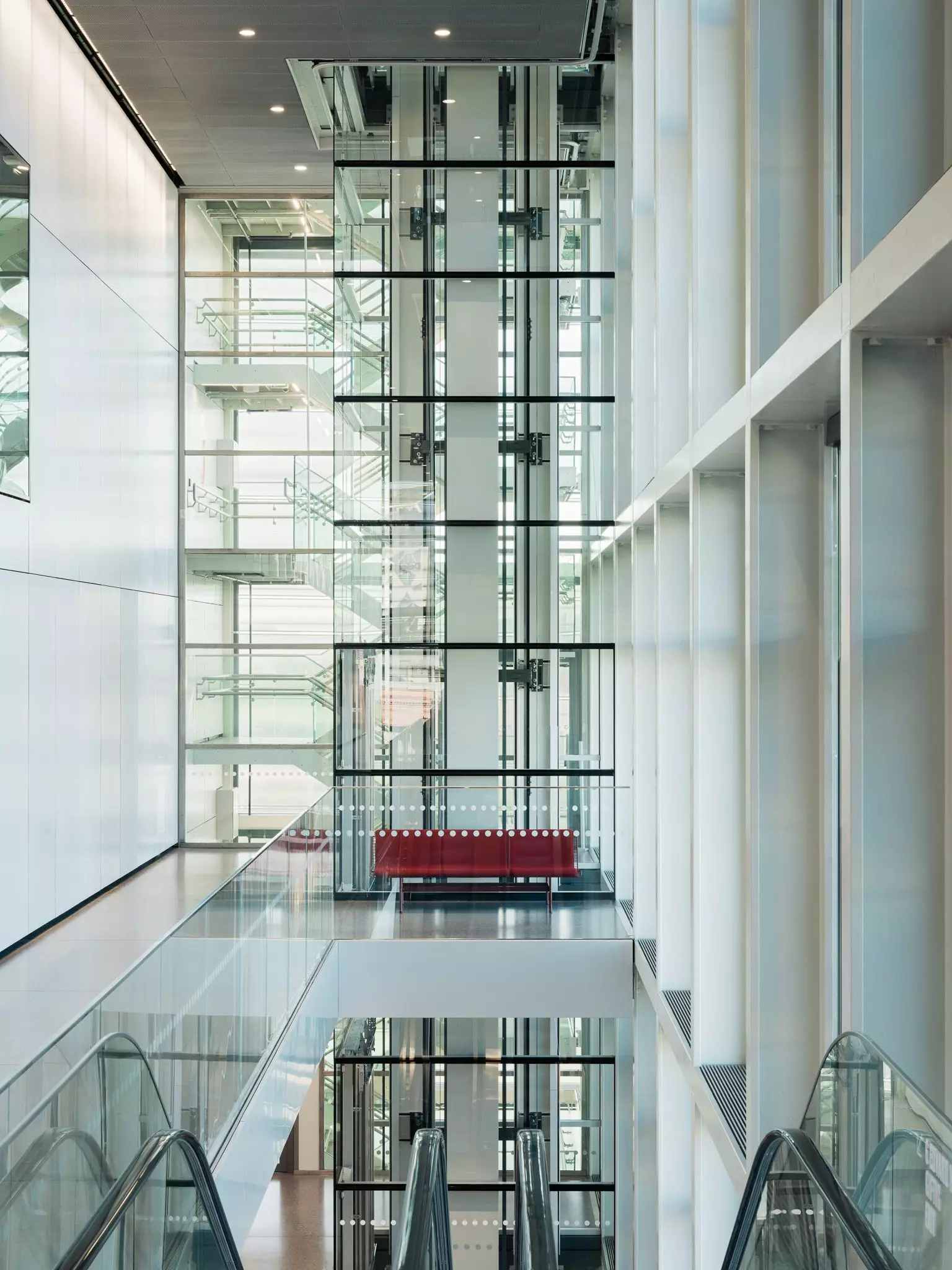
26,313 square meters, 13 floors and 11 galleries.
